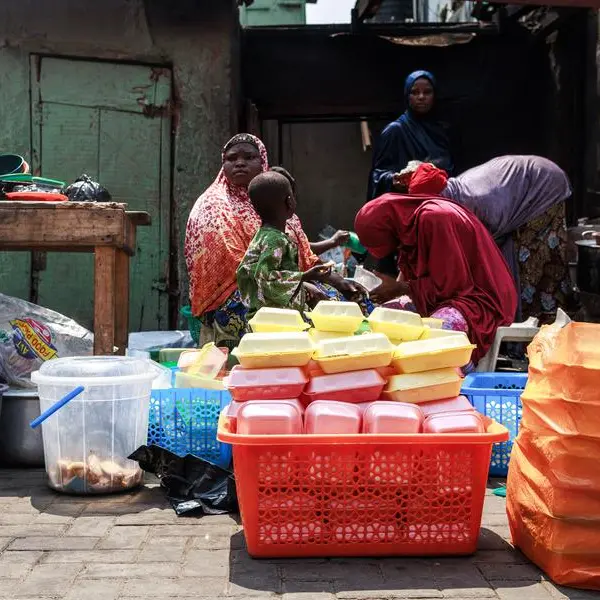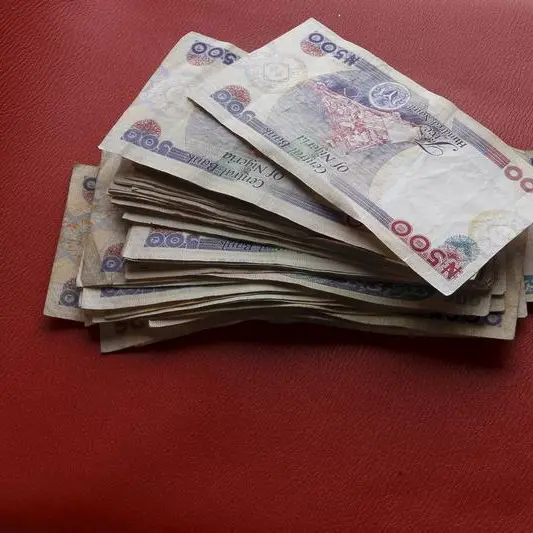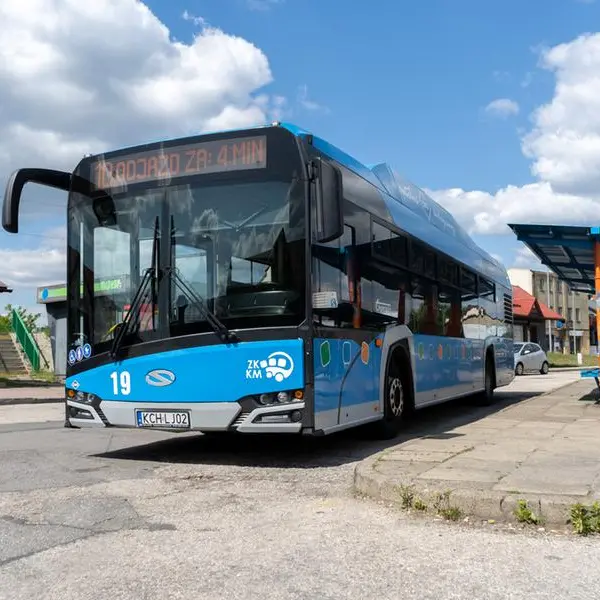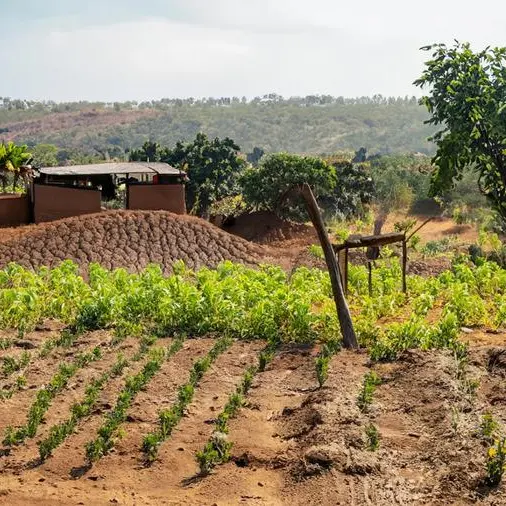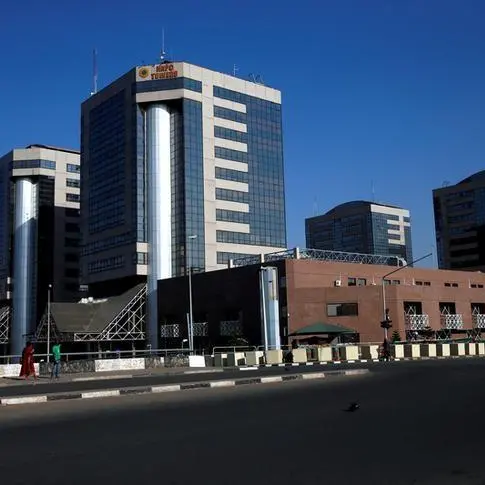PHOTO
Middle Eastern and Sub-Saharan countries were major recipients of Belt and Road initiative (BRI) finance and investments in first half of 2023, a new report showed on Tuesday.
Sub-Saharan countries saw a 130% increase in Chinese investments and 69% increase in construction contracts, becoming the second most important target region for BRI investments, after East Asia, according to a report by the Green Finance & Development Center at Fudan University in Shanghai.
Major growth countries of Chinese engagement were Bolivia, Namibia, Eritrea, and Tanzania. However, Kenya was among the 26 countries including Turkey that saw a 100% drop of BRI engagement compared with the prior year.
Middle Eastern countries received $8.1 billion in total engagement, yet significantly less than the $12.3 billion in the first six months of 2022.
The report showed that BRI finance and investments picked up in the first half of 2023 with about 103 deals worth 43.3 billion compared to about 35 billion in the first half of 2022.
However, the average deal size for investments has decreased from about $617 million in 2022 to $392 million in H1 2023. Compared to the peak in 2018, the investment deal size is 48% smaller.
The report says focus of China’s overseas BRI engagement continued to be in infrastructure, particularly in energy (36%) and transport (28%), expanding these sectors’ significance from a combined value of 57% in 2022.
Potential future engagements can be expected in six project types: manufacturing in new technologies (e.g., batteries), renewable energy, trade-enabling infrastructure (including pipelines, roads), ICT (e.g., data centers), resource-backed deals (e.g., mining, oil, gas), high visibility or strategic projects (e.g., railway).
(Writing by Brinda Darasha; editing by Seban Scaria)

